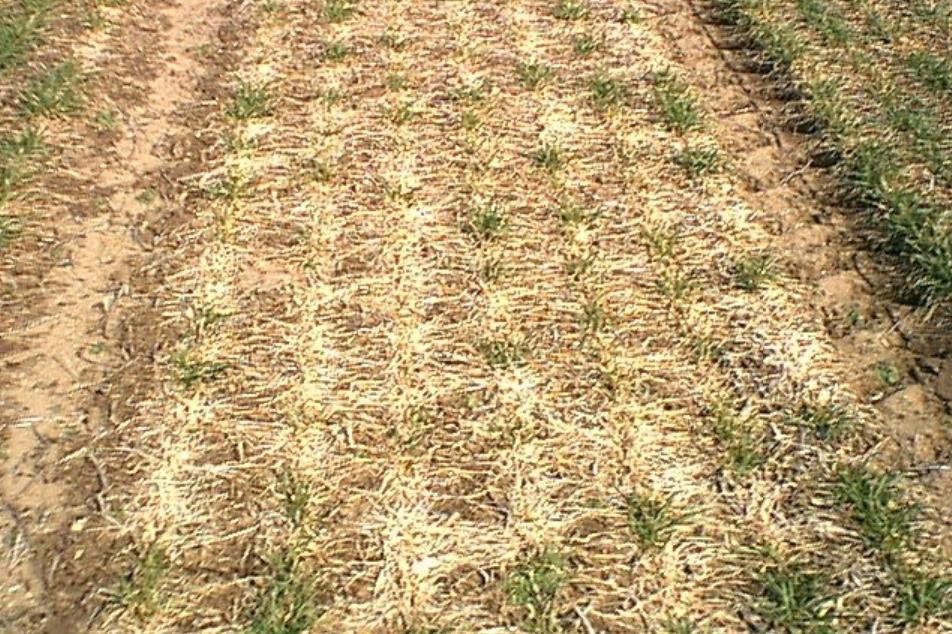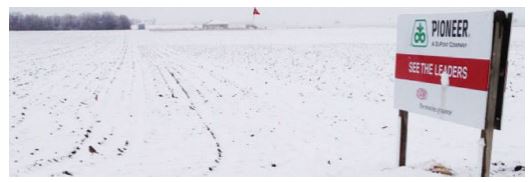Snow Mold of Cereals
Something went wrong. Please try again later...
My Account



Snow mold symptoms in a field trial. Photo courtesy of Sam Tragesser, Senior Research Associate.

Frank, E., Evans, K., Barnhill, J., & Pace, M. 2008. Snow Mold on Small Grains. Retrieved from Utah Pests Fact Sheet: https://utahpests.usu.edu/uppdl/files ou/factsheet/snow-mold-grain08.pdf McBeath, J. H. 2002. Snow Mold-Plant-Antagonist Interactions: Survival of the Fittest under the Snow. Retrieved from American Phytopathological Society: https://www.apsnet.org/edcenter/apsnetfeatures/Pages/SnowMold.aspx